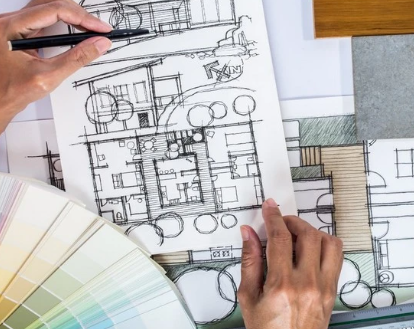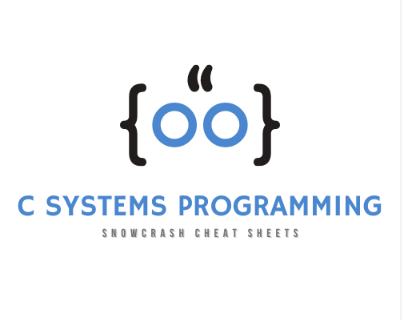A Fashion Design Course introduces creative minds to garment construction basics. It opens doors to expressing ideas through fabric and form.
Core Elements of a Fashion Design Course
A Fashion Design Course typically starts with sketching techniques and color theory. Students learn to visualize concepts using tools like pencils and digital software. This foundation helps in developing mood boards that capture seasonal themes. Pattern making follows, where learners cut and assemble prototypes from muslin fabric. Precision in measurements ensures garments fit various body types. A Fashion Design Course often includes textile studies, exploring fibers like cotton and silk for their drape and durability. Understanding weaves and dyes informs sustainable choices in designs. Draping on mannequins teaches three-dimensional shaping without flat patterns. These skills build a sense of proportion in silhouettes. Lecturers guide critiques to refine ideas based on feedback. A Fashion Design Course balances creativity with technical accuracy, preparing for real production challenges.
Curriculum Highlights in Fashion Design Courses
Fashion Design Courses cover sewing methods from hand-stitching to industrial machines. Students practice seams like French and flat-felled for clean finishes. Garment construction modules address linings and interfacings for structure. Digital tools such as CAD software enter here, allowing virtual prototyping. This reduces waste in early iterations. A Fashion Design Course delves into historical influences, from Victorian corsetry to modern streetwear. Analyzing past trends sharpens originality in collections. Business aspects appear too, with sessions on sourcing materials ethically. Trend forecasting uses reports to predict consumer preferences. A Fashion Design Course integrates photography for portfolio building, teaching lighting for fabric textures. Electives might focus on accessories, like handbag patterns or jewelry sketching. Such variety ensures broad exposure to the field’s layers.
Skill Building Through Fashion Design Courses
In a Fashion Design Course, problem-solving emerges in fitting sessions. Adjusting patterns for curves highlights adaptability. Communication grows via team critiques, where ideas evolve through dialogue. A Fashion Design Course emphasizes portfolio development, curating work that tells a design story. Time management sharpens during collection deadlines, juggling multiple garments. Technical drawing refines with markers for quick ideation. Sustainability weaves in, exploring upcycled fabrics to minimize environmental impact. Software like Adobe Illustrator aids in tech packs for manufacturers. A Fashion Design Course fosters resilience against failed prototypes, turning errors into learning. These abilities transfer beyond clothing to broader creative pursuits.
Practical Projects in Fashion Design Courses
Hands-on work defines a Fashion Design Course through capsule collections. Students design cohesive sets around a theme, like urban nomad. Sourcing swatches tests budget awareness in material selection. Sewing challenges include zippers and hems under time pressure. A Fashion Design Course often features runway simulations, staging mini-shows for poise. Collaborations with model makers add footwear elements. Field trips to mills reveal production scales. Documenting processes in journals builds reflective habits. Exhibitions showcase final pieces, inviting public input. Such projects mirror industry workflows, from concept to critique.
Challenges Faced in Fashion Design Courses
A Fashion Design Course presents hurdles like mastering elusive fabrics that shift during cutting. Frustration arises when sketches don’t translate to cloth. Balancing aesthetics with wearability requires iteration. A Fashion Design Course demands physical stamina for long studio hours. Group dynamics test compromise in shared spaces. Feedback can sting, but it hones objectivity. Resource limits push creative reuse of scraps. Overcoming these builds grit essential for professional demands.
Career Paths Stemming from Fashion Design Courses
Graduates of Fashion Design Courses enter roles like junior designers in apparel houses. They contribute to seasonal lines, refining sketches into samples. Pattern cutters apply skills in factories, ensuring accuracy in mass production. A Fashion Design Course leads to merchandising, where trend analysis guides stock choices. Stylists emerge, curating looks for photoshoots or events. Entrepreneurship calls, with independents launching labels via online platforms. Textile designers focus on prints, collaborating with printers for motifs. Costume work in theater draws on historical knowledge for period accuracy. Sustainability consultants advise on eco-friendly practices. These paths vary, offering outlets for diverse interests.
Advancing Beyond Fashion Design Courses
Post-course growth involves internships at ateliers for immersion. Networking at trade shows connects with suppliers. A Fashion Design Course alumni often pursue certifications in draping or grading. Online communities share tips on emerging tools like 3D printing for prototypes. Mentorship programs pair novices with veterans for guidance. Exhibiting at local fairs tests market fit. Continuous sketching keeps creativity flowing. Such steps deepen expertise over time.
Reflections on Fashion Design Courses
Completing a Fashion Design Course shifts perspectives on everyday attire. It reveals the craft behind seams and styles. Graduates carry tools for innovation in a changing industry. A Fashion Design Course instills appreciation for ethical making. This foundation supports varied expressions in fashion’s vast landscape.



